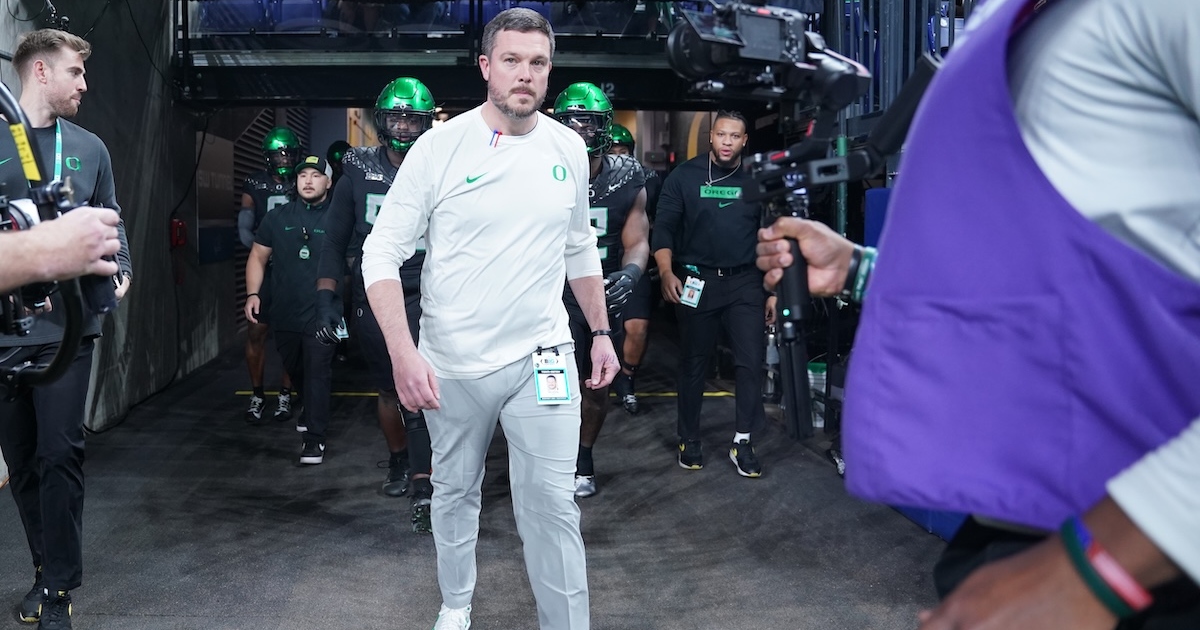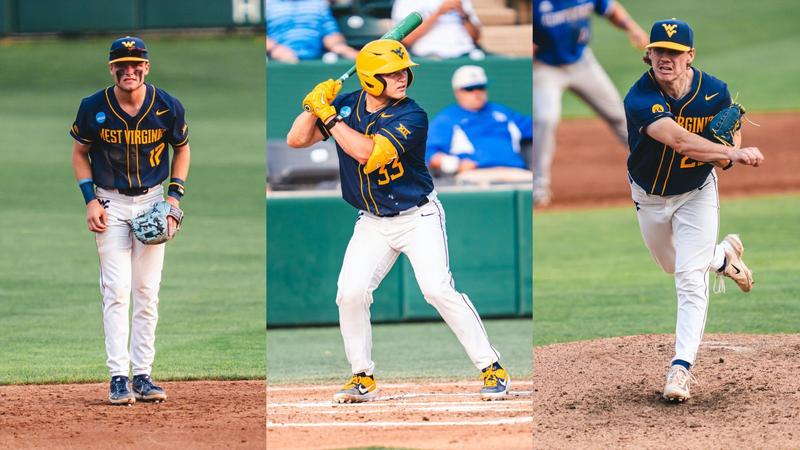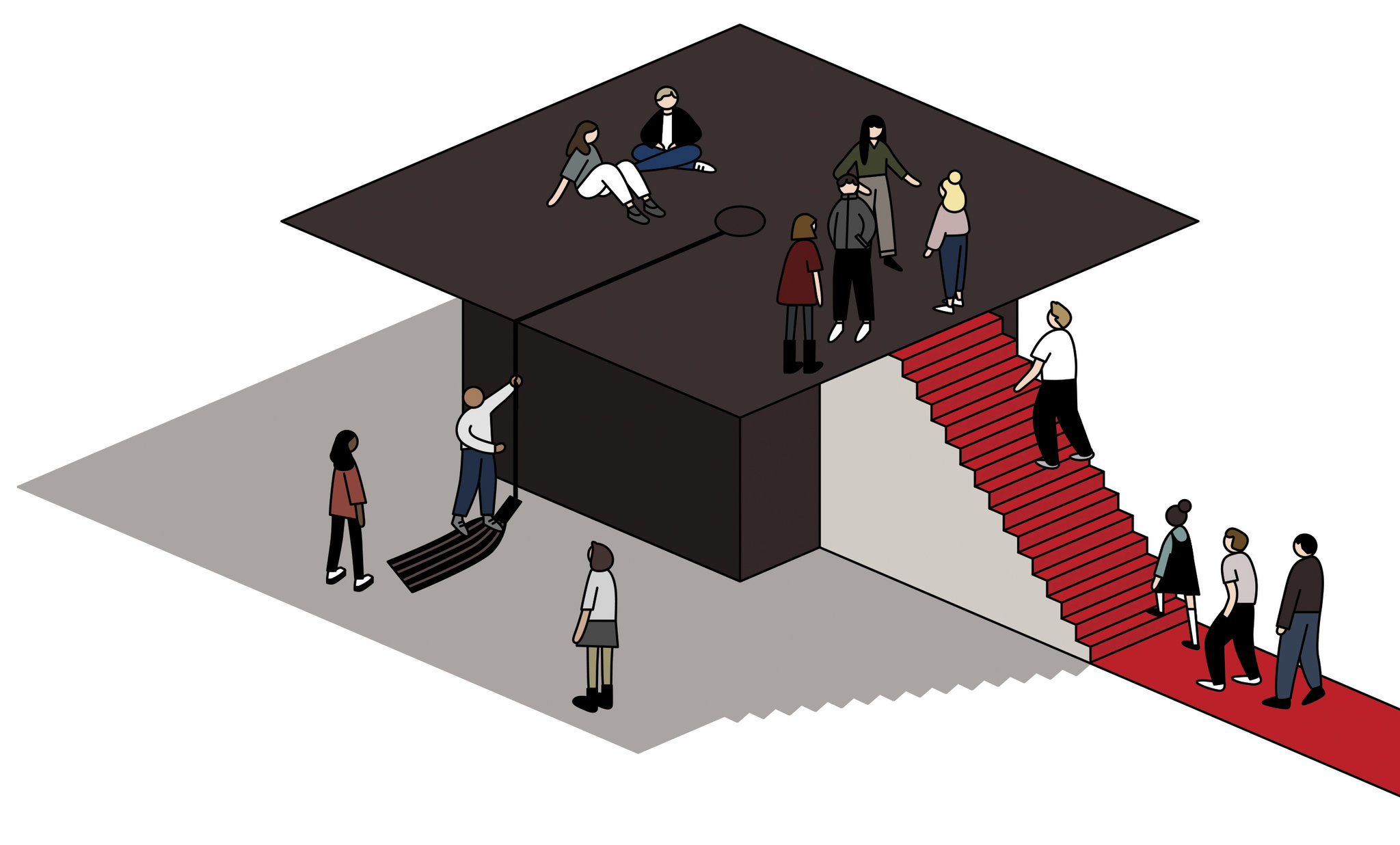
It’s no secret that men have overshadowed and dismissed women, throughout history. The past shows that women were never seen as equal, especially in sports.
However, women’s sports have recently started to rise. If you ask anyone now about athletes like Caitlin Clark or Angel Reese, they’d most likely know things beyond the simple facts – what position they play, which WNBA team they’re a part of, what college they played at – and that’s just within the scope of professional basketball. Imagine what people can say now about Olympians like Simone Biles, Trinity Rodman or even college stars with name, image and likeness (NIL) deals.
Women’s sports have truly taken over and are gaining more viewership than ever. According to the National Women’s Soccer League, their total viewership in the postseason garnered around 18 million views, five times more than in 2023.
Yet a statistic came along comparing the rookie season salary of the number one 2024 draft picks between the Indiana Fever’s (WNBA) aforementioned Clark and the San Antonio Spurs (NBA) Victor Wembanyama. The gap was nothing short of appalling. How can there be a 12,023,500-dollar gap between these two?
It is important to fact-check this number. At first, a twelve-million-dollar gap sounds unthinkable, but these numbers prove to be slightly inaccurate. According to ESPN Wembanyama was actually making around $12.7 million during his rookie season while Clark was only making around $76,000.
Clark’s final and record-breaking season at Iowa was one that truly propelled her fame and brought light to the WNBA, despite their loss to the University of South Carolina in the NCAA national championship. Most refer to this as the “Caitlin Clark effect,” where she is credited with the impact on the popularity of women’s basketball. According to the WNBA, with the help of Clark and other prominent women’s college basketball stars, the league picked up viewership by 170% in just the 2024 season.
So yes, everyone really does watch women’s sports.
“If you’re not watching women’s sports, you’re truly missing out. Now is the time to tune in, as the sky’s the limit for women’s sports,” Clark said in a 2023 interview after winning Collegiate Woman Athlete of the Year.
There are some missed research and plot holes to consider in regards to the pay gap. The comparison used seventy-five thousand, which was only part of Clark’s total earnings in her rookie year. This is part of a four-year contract with the Fever with a salary of around $338,000. In fact, her total 2024 salary was not twelve million dollars short of Wembanyama’s, but only around 1.6 million, funded mainly through sponsorships and deals.
The kicker is, Wembanyama’s rookie season salary still remains at around $12.7 million for the same contract – a four-year deal with a team, the Spurs – and this doesn’t include sponsorships.
So why is it that women continue to get paid less than men? And why does it still matter now?
Firstly, there are new opportunities for women’s sports that are emerging in the United States. The WNBA continues to make headlines, but what about other professional sports leagues here? The American professional volleyball situation is a perfect example.
Recently, two new pro volleyball leagues developed and began their inaugural seasons here in the United States. 2024 saw the rise of the Pro Volleyball Federation (PVF), debuting with seven teams that recruited some of the most well-known volleyball stars at the college and professional level from their draft. And just a year later, League One Volleyball (LOVB) began their inaugural season with some of the best volleyball veterans.
Another female pro team that has been gaining attention is the Women’s National Soccer Team. The team recently won gold at the 2024 Olympics and despite winning multiple World Cup titles, they continue to get paid short compared to the men’s.
On average, the salaries for a player in these two leagues range from around $60,000 to $245,000. PVF has listed their salary range from between $60,000 to $175,000, while the U.S. national soccer team has raised their salary pay to $245,000 to $327,000. Additionally, an average WNBA salary is calculated at around $60,000 to $140,000.
The main difference between the disputed pay gap between male and female athletes, however, lies within the salary caps and media deals set by each league. One of the better examples to look at is between the main basketball leagues: the NBA holds a higher and softer cap, while the WNBA holds a harder and lower cap.
Essentially a softer cap simply means that more factors add to the total. The NBA’s salaries are typically more due to higher ticket sales, different broadcasting and media deals and merchandise sales.
Viewership for the WNBA has historically been lower, even with growing popularity. Due to a “lack of fan interest,” WNBA athletes find it difficult to make a salary even comparable to their NBA counterparts.
Another factor to consider is the length of the leagues. The NBA is referred to as having a “50 year head-start” compared to the WNBA, allowing the league to earn more deals, revenue and sponsorships.
Finally, the revenue shares that add to salaries differ between each league. NBA players receive half of all the revenue earned, while WNBA players receive half of all of the league’s incremental revenue, according to Just Women’s Sports. Players in the W only receive their share of the revenue that is earned above the league’s yearly target revenue.
Basically, men’s sports leagues have all the advantages in this situation. So how can the issue of the pay gap be fixed?
Simply put, the women’s leagues would have to be given the same opportunities as men’s leagues. This would include increasing the media coverage, brand deals, sponsorships and investments. However, it isn’t that easy for these solutions to happen.
It is also important to consider that now with the league in the limelight, the W and other leagues can expand and make the changes that their players may be asking for. As the popularity of women’s sports continues to rise, so does the hope that these solutions happen as well. The WNBA has already begun to make better changes for their athletes, including chartering private flights and, namely, increasing salaries.
“As athletes, we have to fight. As women, we have to fight… And we need more people at our table to fight with us,” said WNBA player Skylar Diggins-Smith in a 2018 interview.
As the conversation about the pay gap continues, it is important to acknowledge women in sports. The pay gap is simply a part of a larger principle that demands equity and equality for female athletes. With our support, as fans, we can help push the narrative that female athletes deserve equal opportunities to the leagues to make the changes we aim to see.
1





























































